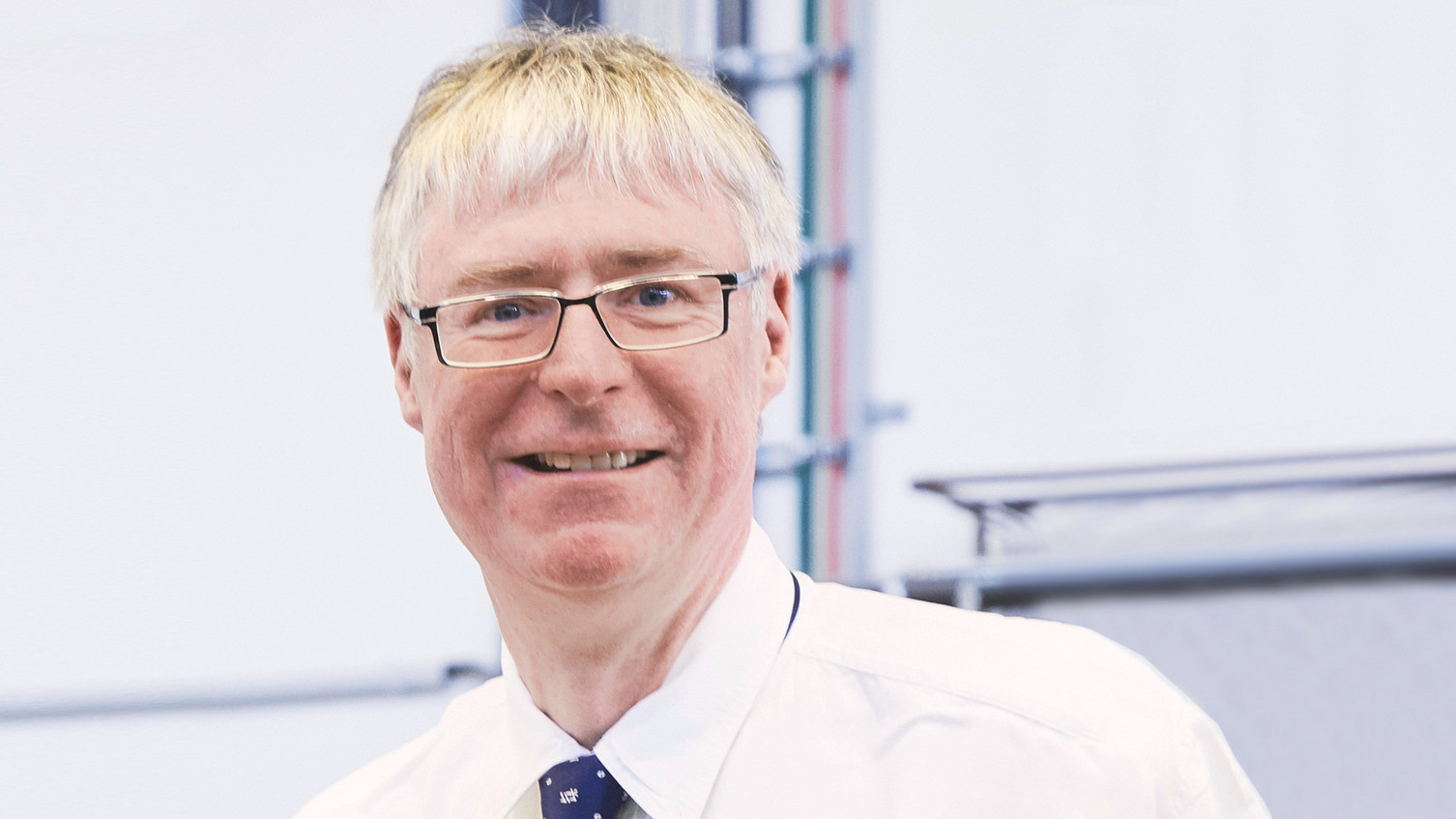New at Leuphana: Prof. Dr.-Ing. Norbert Hort - Underestimated Magnesium
2021-07-12 Magnesium is still used far less in manufacturing than, for example, steel. But experts regard it as a material of the future. The Professor of Materials Science and Materials Engineering, especially of Magnesium Materials, has been contributing to the improvement of the material with his research at the Helmholtz-Zentrum Hereon in Geestacht for about 20 years.
Magnesium is actually an ideal lightweight material, for instance for cars or aeroplanes: the alkaline earth metal weighs a third less than aluminium, yet it is very strong and one of the most common elements on earth. The material also scores in terms of sustainability: magnesium is non-toxic and easy to recycle. Nevertheless, the alkaline earth metal is used comparatively sparsely. Dr.-Ing. Norbert Hort, Professor of Materials Science and Materials Engineering, has been researching the material for about 20 years: "Up to now, steel has been the primary choice, but magnesium is becoming more and more important. Lightness always means saving energy and CO2. This makes magnesium superior to steel," explains the engineer.
Norbert Hort works on magnesium alloys and their properties in particular. For therein lies a key to its use: Magnesium corrodes quickly. In addition, it is always proclaimed to be highly flammable. Modern alloys can circumvent these problems, for example in combination with calcium or rare earths. Magnesium is thus becoming more important again, especially in car production. Today, only small parts of cars are made of magnesium, such as instrument panel supports or steering wheels. This was not always the case: Volkswagen, for example, also used magnesium in the engine of early Beetle models: "The engines were air-cooled back then. Once water was used, however, magnesium could no longer be installed effectively because of its tendency to corrode."
The researcher is also concerned with the metal's malleability. Steel can even be milled at room temperature. That makes processing favourable. Magnesium, on the other hand, is brittle and can only be moulded under heat. Norbert Hort is one of the leading researchers in the field of magnesium. He has been involved in around 450 publications to date and will also place an emphasis on magnesium in his lectures: "This makes Leuphana one of the few German universities that also give appropriate attention to this forward-looking material in their teaching," explains Hort.
Hort's work extends far beyond structural applications: magnesium can also be convincing in medical technology. Up to now, stents used for vasoconstriction have often been made of stainless steel. Their disadvantage: the body recognises them as foreign objects and, in the worst case, the vessel becomes clogged again. Magnesium, on the other hand, occurs naturally in the body and can be processed accordingly. Late effects due to remaining stents can thus be avoided. Norbert Hort is already working on this with a German biotech company. And the researcher is even thinking beyond that: "Magnesium nails, screws and plates could also be used in the treatment of fractures. A second operation would thus be avoided, as the material is broken down by the body and would no longer have to be surgically removed, as is the case with titanium, for example," explains Norbert Hort.
In his capacity as professor at Leuphana, the scientist will continue to conduct research at the Helmholtz-Zentrum Hereon in Geesthacht. Students and doctoral candidates benefit from the cooperation between the Helmholtz-Zentrum and Leuphana, not least because of the state-of-the-art laboratory equipment and the scientific network.
Norbert Hort studied engineering at Clausthal University of Technology and was awarded a doctorate in engineering for his work on copper-nickel alloys. He later moved to the Institute for Materials Research at the Helmholtz Centre Geesthacht. At today's Helmholtz Centre Hereon, he heads the Department of Functional Magnesium Materials in the Institute of Metallic Biomaterials. He has also been a lecturer at Leuphana for more than ten years. Since April 2021, he has been Professor of Materials Science and Materials Engineering, in particular of magnesium materials.

